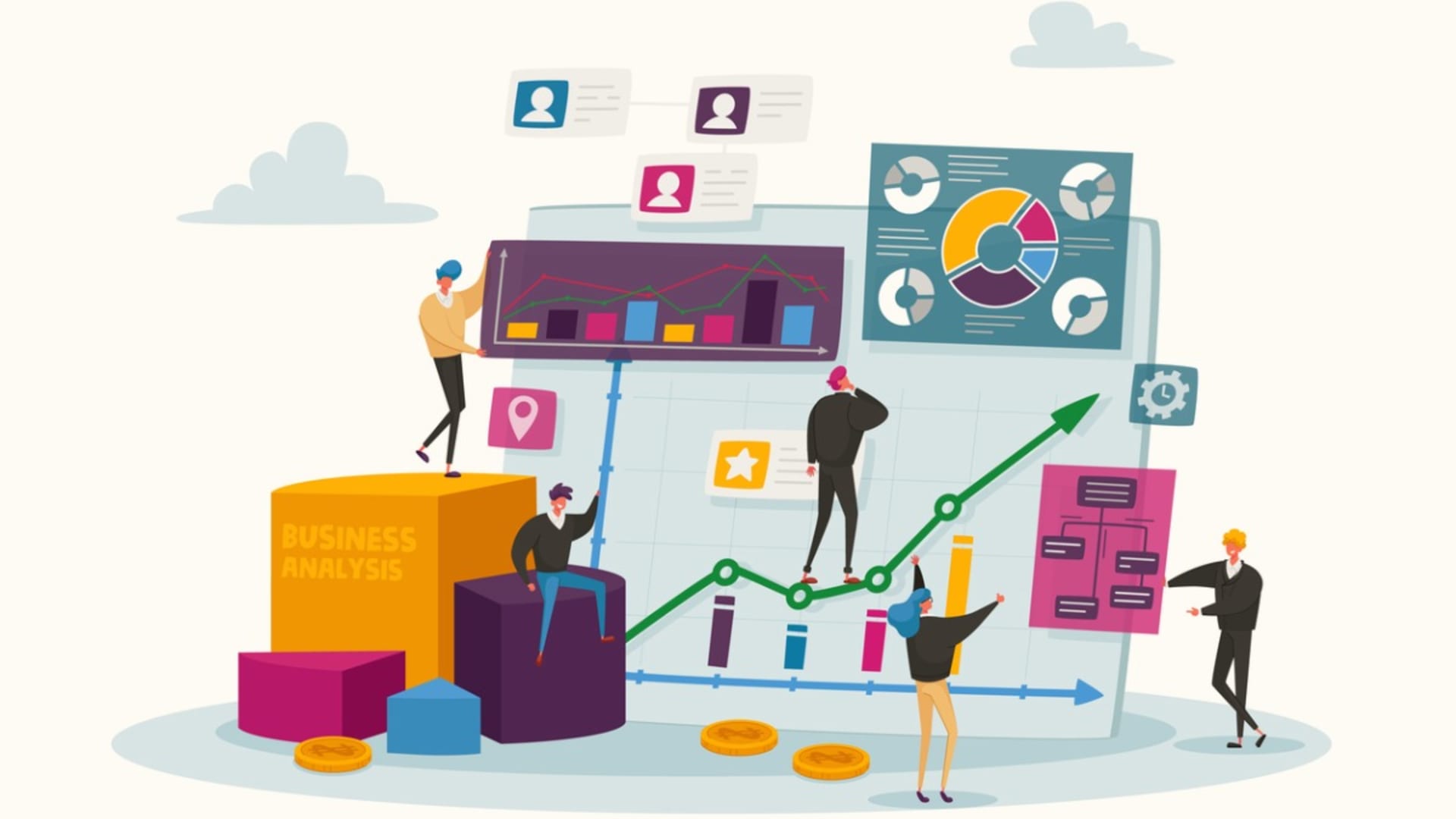Today’s highly dynamic business landscape requires that all companies be flexible enough to quickly adapt to rapidly emerging challenges. As the pandemic has shown us, the ability to react fast to unforeseen disruptions can mean the difference between staying in business or closing the doors for good. That’s why data analytics are now more important than ever.
Through data analytics, companies can convert themselves into data-driven organizations that base their every decision on solid information and insights. What’s more, using the latest analytic tools, they can predict scenarios and prescribe actions to better tackle new and unknown challenges.
For that to happen, though, companies must embrace cutting-edge technologies in the analytics field. Today, that means adopting hyper-converged analytics.
All the analytics tools in one
Up until now, data analysts had to resort to a set of data analytics tools to cover as much ground as possible. Thus, they had to adopt different dashboards, visualization platforms, cloud-based analytics tools, and many other applications to have a somewhat clearer picture of their own markets. With hyper-converged analytics, that’s come to an end.
Hyperconverged analytics combines all these different tools into one comprehensive solution. Thus, data analysts can use data science, cloud-based tools, machine learning algorithms, and visual and streaming analytics from a central platform.
The best part about hyperconverged analytics is that such a solution can work with data coming from multiple sources and assess it with all the possible analytics approaches: descriptive, diagnostic, predictive, and prescriptive. This allows data teams to streamline their efforts and even enjoy a whole new host of insights that might pass them by if they were using multiple data tools.
Benefits of Hyperconverged Analytics
Using a hyperconverged analytics solution provides several advantages beyond the mere convenience of having all data stored and analyzed in a centralized place. Some of the most important advantages include:
Richer insights
By combining different approaches to analytics, hyper-converged solutions can provide new connections and previously unnoticed relationships between diverse datasets. Thus, you can access deeper and more sophisticated insights for your business.
Faster insight generation
Using a mix of AI and machine learning algorithms with data cleansing capabilities, visualizers, and report generators, you can get insights faster from the same place you’re using to collect the data in the first place. You can even develop an analytics solution that can assess datasets in real time.
Increased scalability and easier maintenance
When you work with a single platform, you don’t need to worry about integration or scalability issues. You just need to provide it with enough processing power to keep delivering results for all your datasets. Besides, working with just one system allows you to easily keep it up to date with the latest security protocols and patches.
Streamlined operations with the same staff
Scaling data analytics efforts almost always means hiring more experts to handle the new tools. You don’t need that with hyperconverged analytics. Your current team can take care of the centralized solution, mainly because all the features and functionalities you’ll need will be included in the hyper-converged platform.
Reduced costs
While a hyper-converged solution isn’t the cheapest option around, it’s certainly worth the investment. You may pay a little more upfront but you’ll get an impressive ROI i and a significant reduction in costs. That’s because you won’t have to worry about maintaining multiple solutions, paying for extra help, or losing business opportunities due to outdated analytics.
The Road to Hyperconvergence
Hyperconverged analytics is the next logical step in analytics. That’s because data scientists and teams need more powerful and sophisticated data tools to work in today’s highly competitive and ever-changing landscape. So, the combination of multiple tools in one centralized hub feels like a natural evolution. Here’s how we got here:
Non-digital tools
At first, people carried out analytics-related tasks with pen and paper in basic balance sheets. Any form of data analytics took this form, which consumed a lot of time to provide very basic and mostly descriptive insights.
Computational analytics
When computers finally arrived at offices worldwide, developers created the first analytics platforms using databases, mathematical models, and algorithms. Of course, these first attempts were fairly limited, especially because of hardware constraints.
Big data
The most recent era finally overcame the limits of databases and started embracing new technologies to provide new capabilities. Thus, data collection, cleansing, analysis, and report generation all became quicker and easier, and the depth of the insights saw a never-before-seen sophistication.
Flexibility
Enterprise software often includes features that automate repetitive tasks, freeing up team members to work on higher-level tasks and challenges. For example, an HR application can manage many scheduling, payroll, and recruiting tasks, enabling the HR department to develop new programs to support employees.
Hyperconverged analytics
Bringing together the power of multiple data analytics platforms, hyper converged analytics is the next step for data scientists. Here, the objective is to streamline processes through centralized hubs while also boosting the relevance and usefulness of insights through more comprehensive use of AI algorithms.
When To Use Hyperconverged Analytics
Even though hyperconverged analytics solutions are widely beneficial and can boost any business, the reality is that not all companies need to adopt them right away. Small companies or businesses with well-oiled analytics efforts might not see their many advantages right away, which means they can wait for the best moment to adopt a hyper-converged platform.
That doesn’t necessarily mean that all other companies should jump on the hyper-converged bandwagon. The best way to know if these solutions are for you is to look up these telling signs.
- You have multiple data sources that need to be analyzed as close to real-time as possible.
- Your data volume is surpassing your current infrastructure’s capabilities for cleansing, analysis, and reporting.
- You are having problems staffing your data team, meaning that more and more of your data-related solutions are unmanaged.
- You are losing many business opportunities related to new demands and disruptions (this is even worse if your competitors are capitalizing on them).
- Your insights are shallow or don’t offer enough depth for you to actually make a difference with the decisions you make based on them.
- You are using many data analytics platforms and the costs of maintaining them are taking their toll (costs don’t necessarily mean money but also time and effort).
- Your business is going through a digital acceleration process that’s often hindered by outdated data analytics tools.
You might be able to power your way through one or even two of these issues. But the most recommended course of action to avoid the friction these issues are costing you is to adopt hyperconverged analytics. Doing so will completely transform your business and put you on the right track to become a data-driven organization.
Naturally, adopting hyperconverged analytics isn’t a “buy, plug-in, and play” kind of thing. You need to properly migrate your data, implement the solution, integrate it with your existing ecosystem, and set it up to get the most out of it. This is easier said than done, so it’s only natural if you need help doing so.
That’s when BairesDev comes in. Our expert engineering teams of the Top 1% of Tech Talent have the expertise and experience to bring your data analytics initiatives into the 21st century. Talk to us right now and let’s discuss your needs, goals, and overall project.







